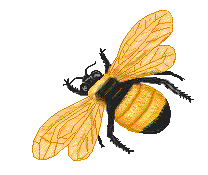William Shakespeare wrote about the holiday in "A Midsummer Night's Dream." The mischievous Puck runs around doing his Lords bidding causing havoc for a group of young lovers as well as for his Lady.
Shakespeare had done his homework, that is, he studied the was of the Celts. He learned about their celebration of the holiday and made sure to incorporate some of their beliefs into it.
The modern celebration of Midsummer, like Beltane, is not half as, shall we say, interesting as our ancestors versions. We have come to the opposite end of the year from Yule, where the Oak King defeats the Holly King, it is now time for the Holly King to be the victor.
We are also entering the time of the "traditional" wedding. Why is this the time when everyone gets married? In ancient times, pagan couples who had paired up during Beltane, had spent their year and a day together, and decided on a more formal handfasting would have the ceremony between Midsummer and Lughnasadh. Other pagan symbols still seen at modern weddings: wedding bands--symbols of the Witch's Magick Circle, and throwing the bouquet or garter.

Traditional Colors: blue, green, yellow
Traditional Herbs: chamomile, clinquefoil, elder, fennel, hemp, larkspur, lavender, male fern, mugwort, pine, rose, Saint John's wort, wild thyme, wisteria, verbena
Traditional Incense: frankincense, lemon, myrrh, pine, rose, wisteria
Traditional Gemstones: all green gemstones (emerald, jade, etc.)
Traditional Foods: fresh veggies, Summer fruits, pumpernickel bread, ale, mead